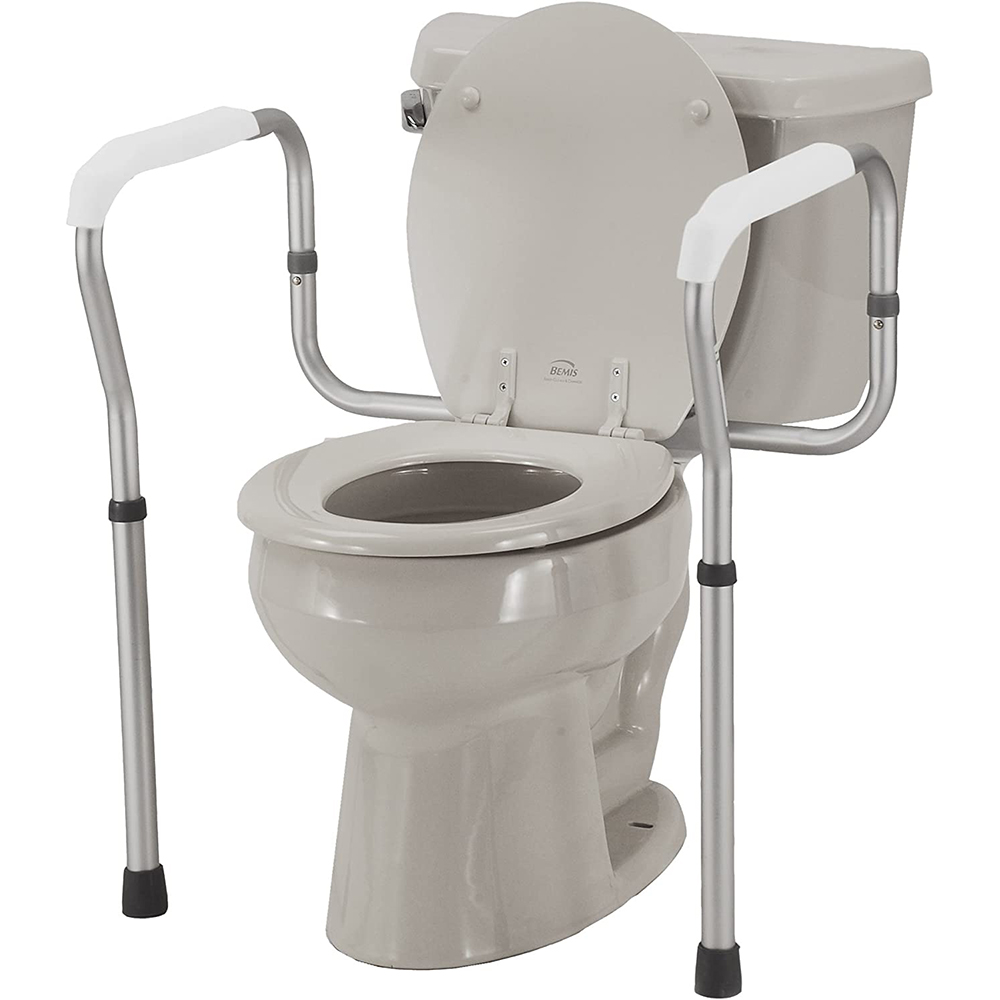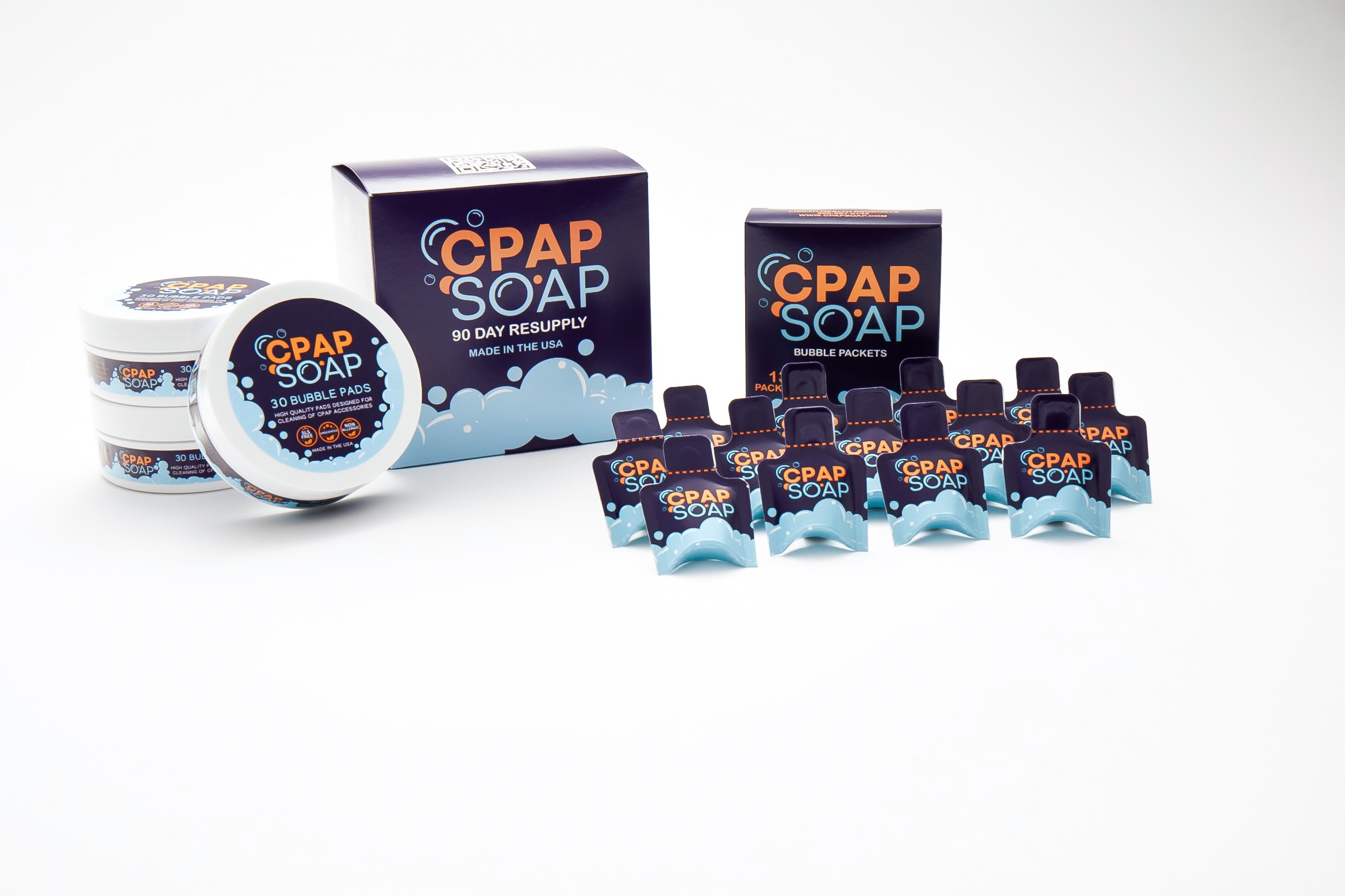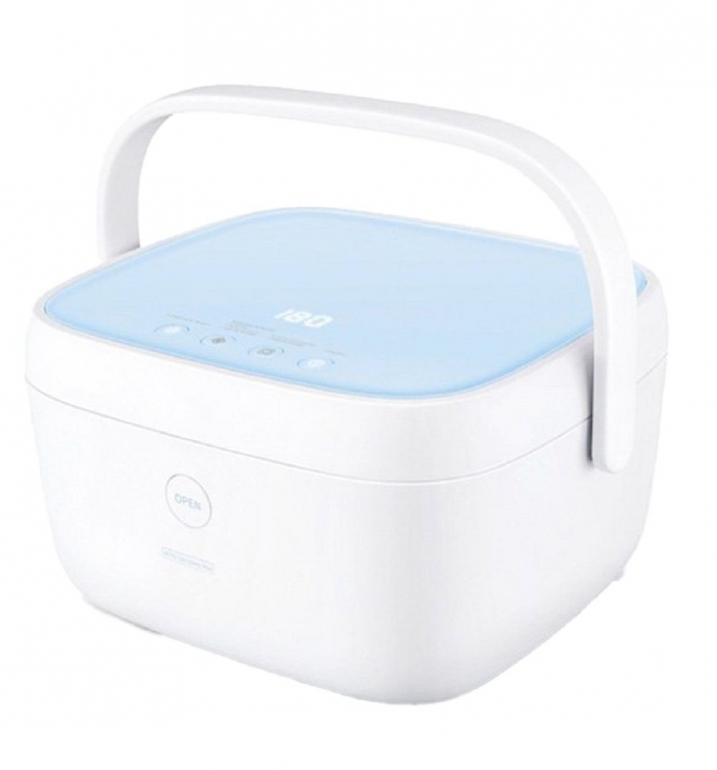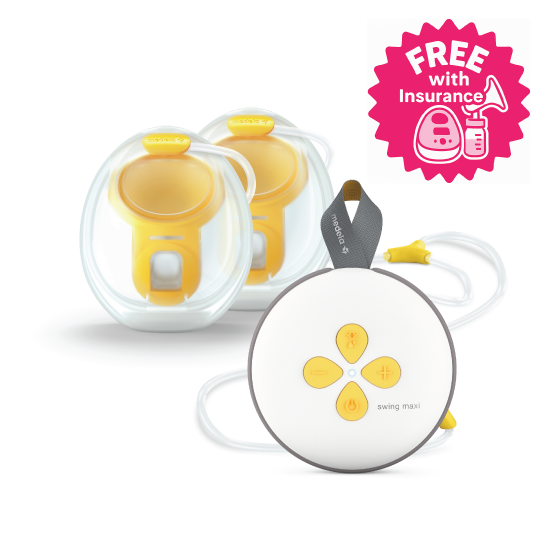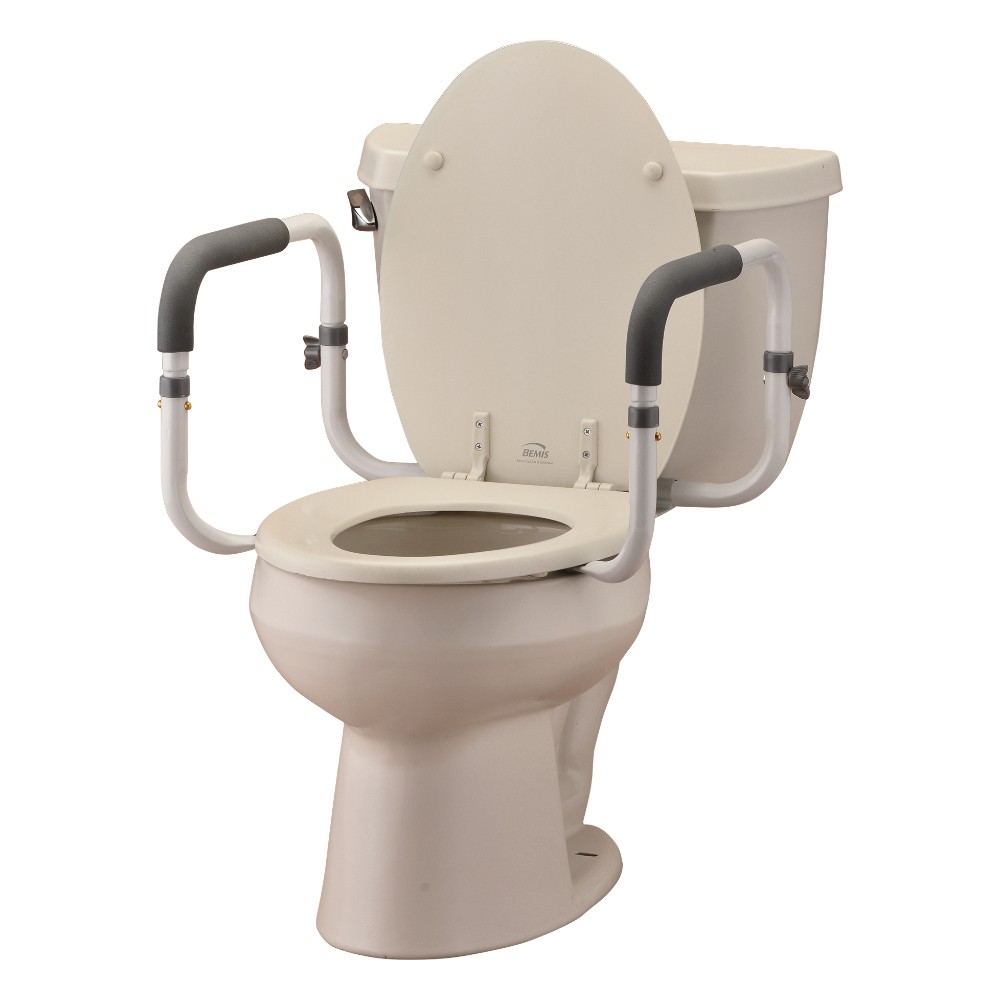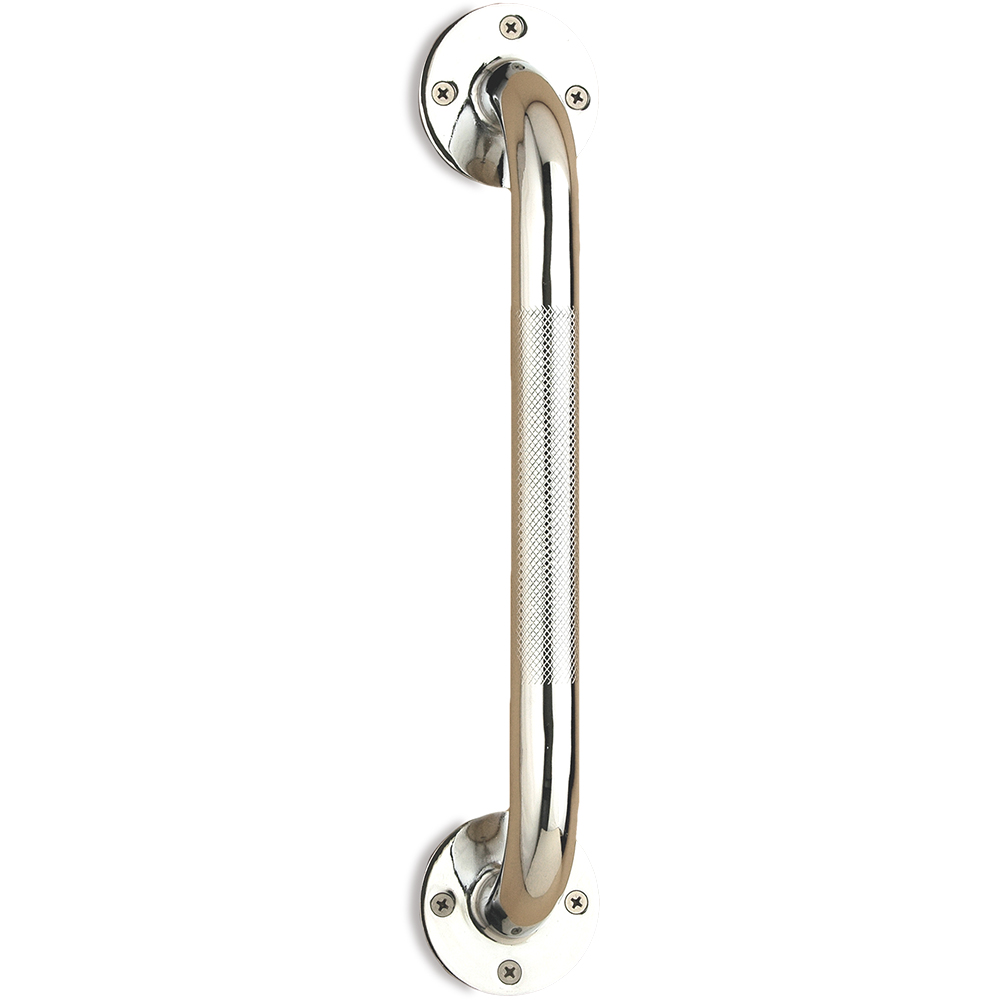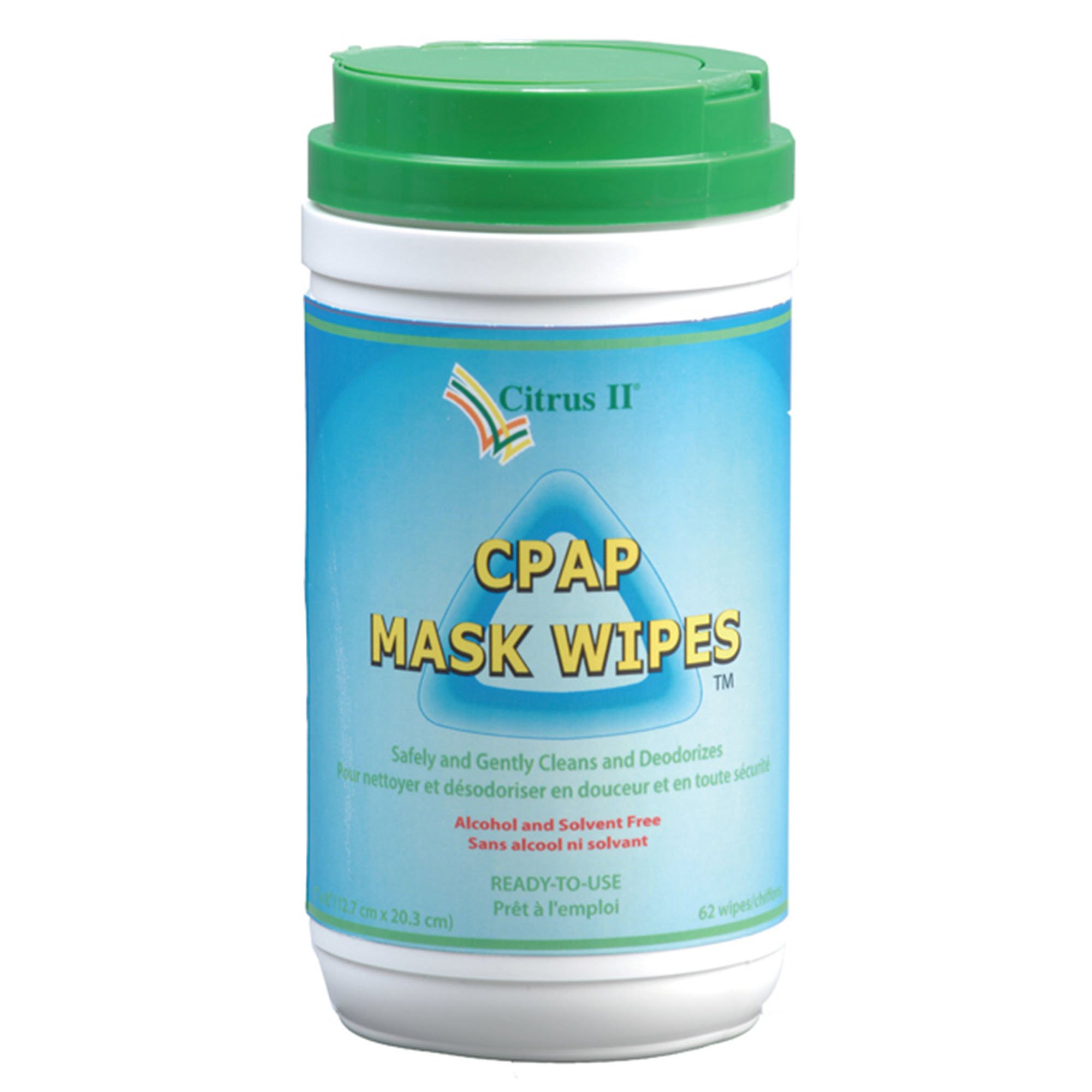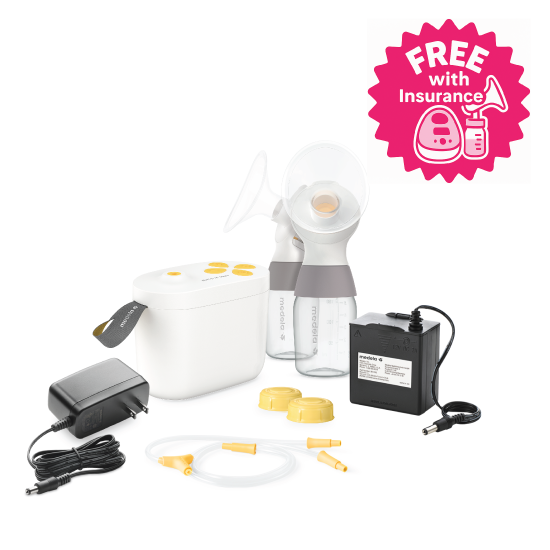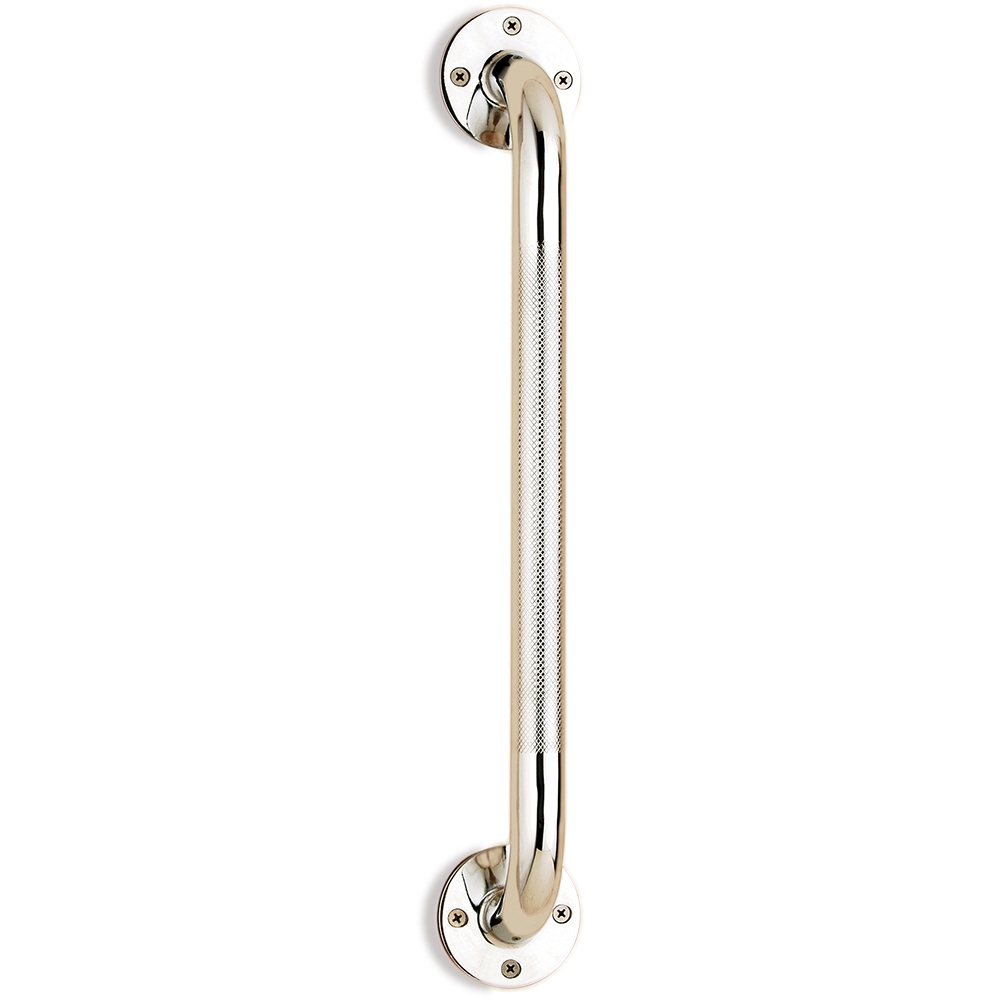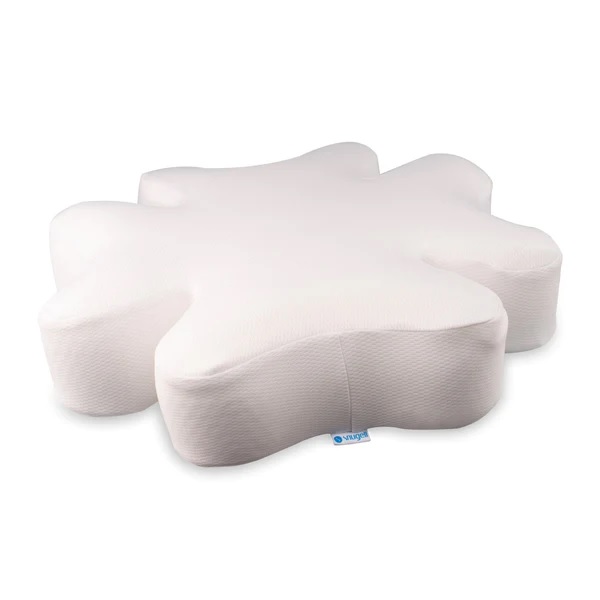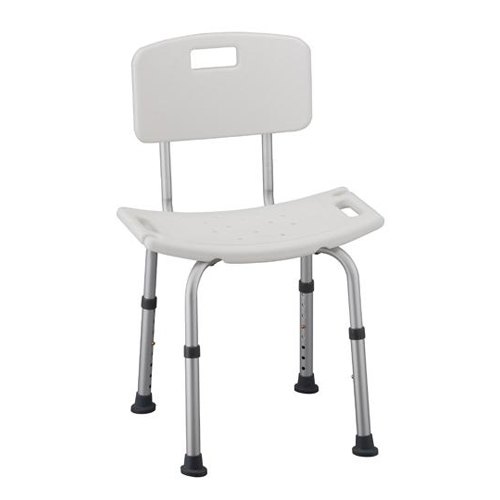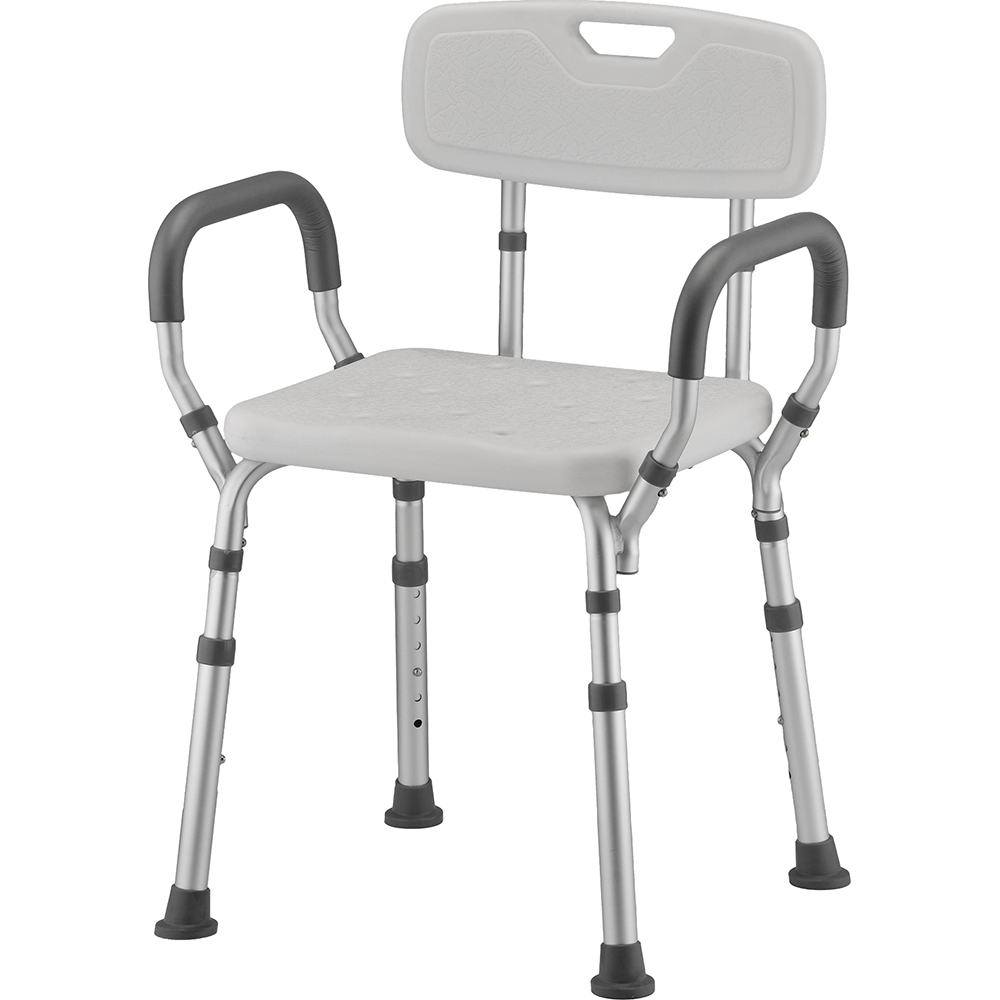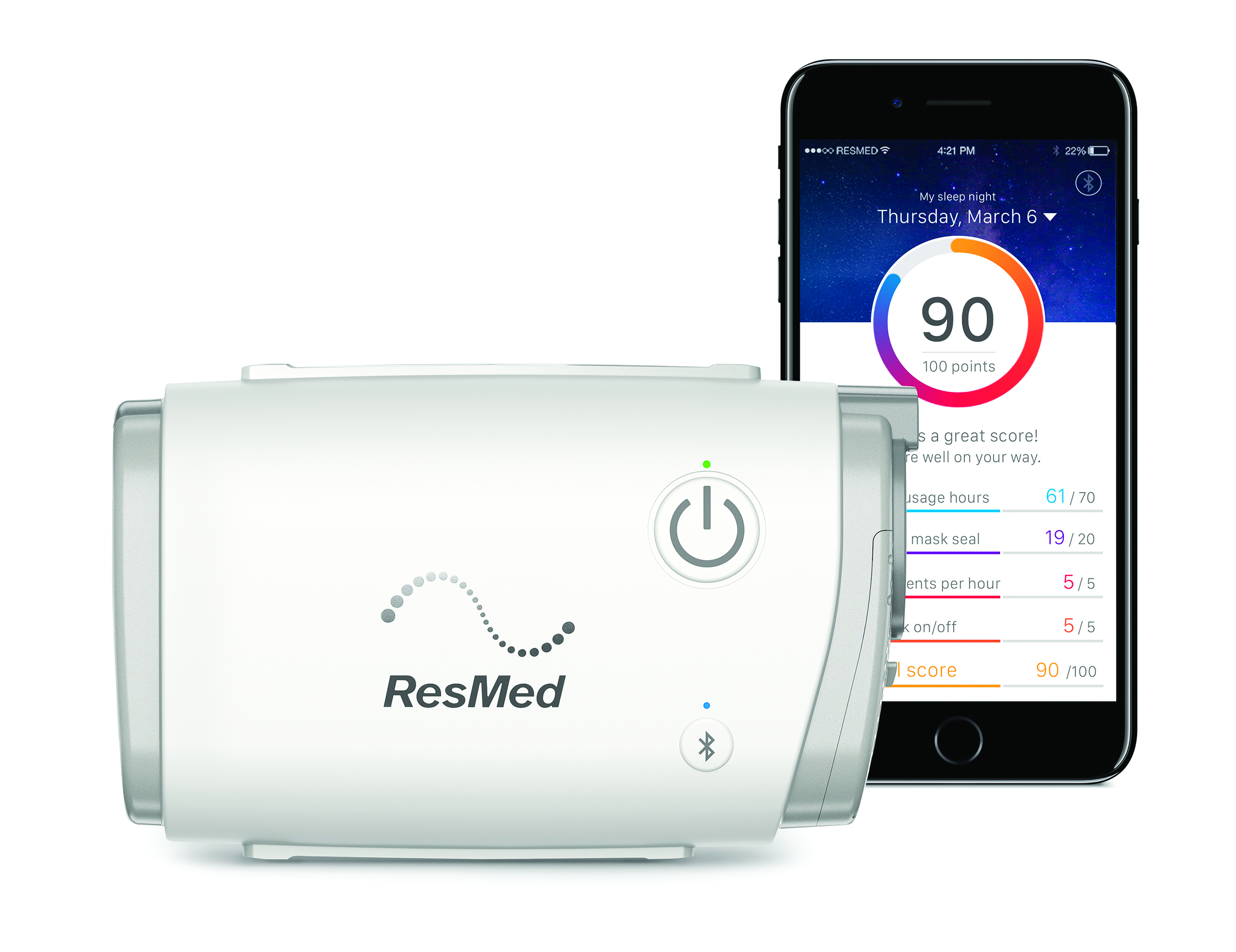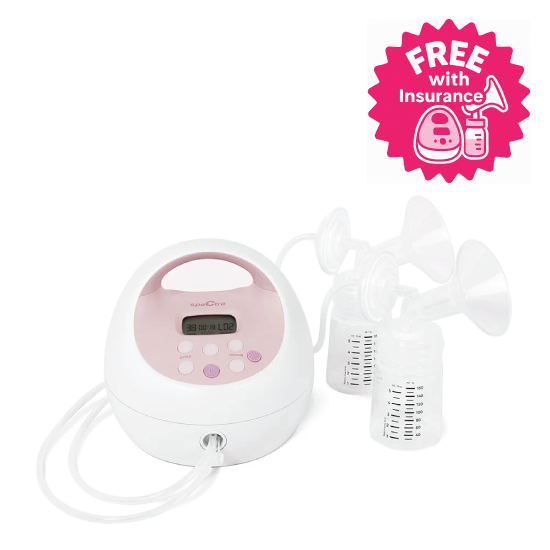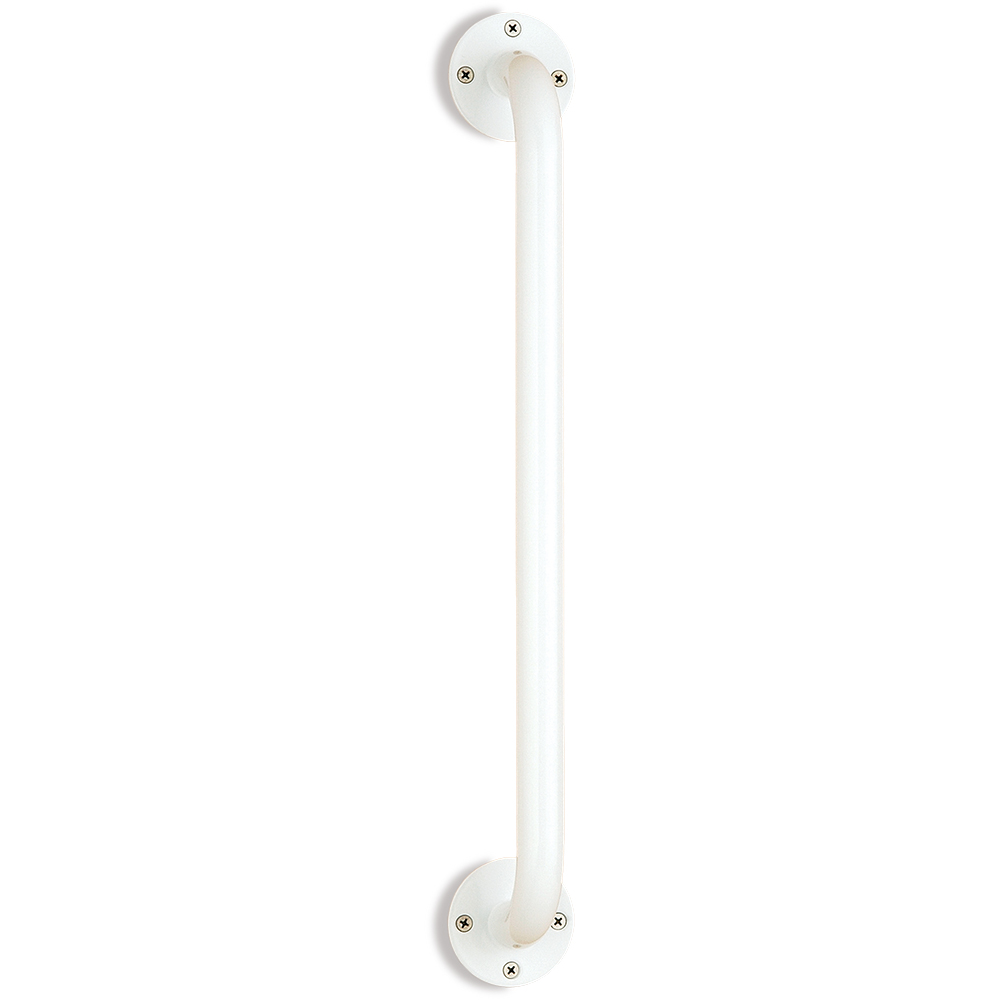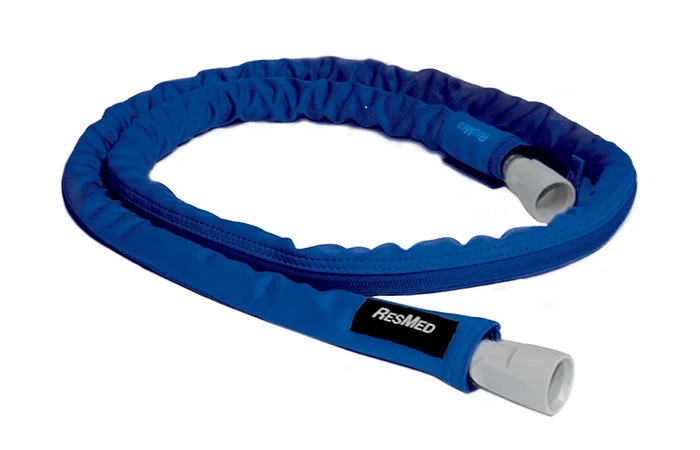Online Medical Supply Store
Sometimes you just can’t make it into one of our stores during regular business hours, and that’s why we’ve taken our medical supply store online! Now, you can shop for the home health care and medical products you need from the comfort of your own home when it's most convenient for you. If you have any questions or need to bill a product through insurance, no need to worry, CareLinc is here to help with the same customer service you’ve grown to expect. Begin shopping online at your convenience below!
-
Toilet Safety Rails
NOVA Medical Products
$44.00
-
CPAP Soap
Liviliti Health Products
$34.00
-
LIVILITI PAPTIZER Smart Sanitizer Cleaner
Liviliti Health Products
$340.00
-
Medela Swing Maxi Hands-Free Breast Pump
Medela
$220.00
Insurance Eligible
-
Toilet Support Rails
NOVA Medical Products
$36.00
-
Grab Bar - 12"
NOVA Medical Products
Starting At $15.00
-
Citrus II CPAP Mask Wipes
Mckesson
$15.00
-
Medela Pump In Style with MaxFlow Breast Pump
Medela
$210.00
Insurance Eligible
-
Grab Bar - 16"
NOVA Medical Products
Starting At $18.00
-
Snugell CPAP Ergonomic Pillow
Snugell
$46.00
-
Bath Seat with Detach Back
NOVA Medical Products
$60.00
Insurance Eligible
-
Bath Seat with Back and Arms
NOVA Medical Products
$98.00
Insurance Eligible
-
Air Mini Portable CPAP Machine
ResMed
-
Spectra S2Plus Breast Pump
Spectra
$200.00
Insurance Eligible
-
Grab Bar - 18"
NOVA Medical Products
Starting At $17.00
-
ResMed Tubing Wrap
ResMed

